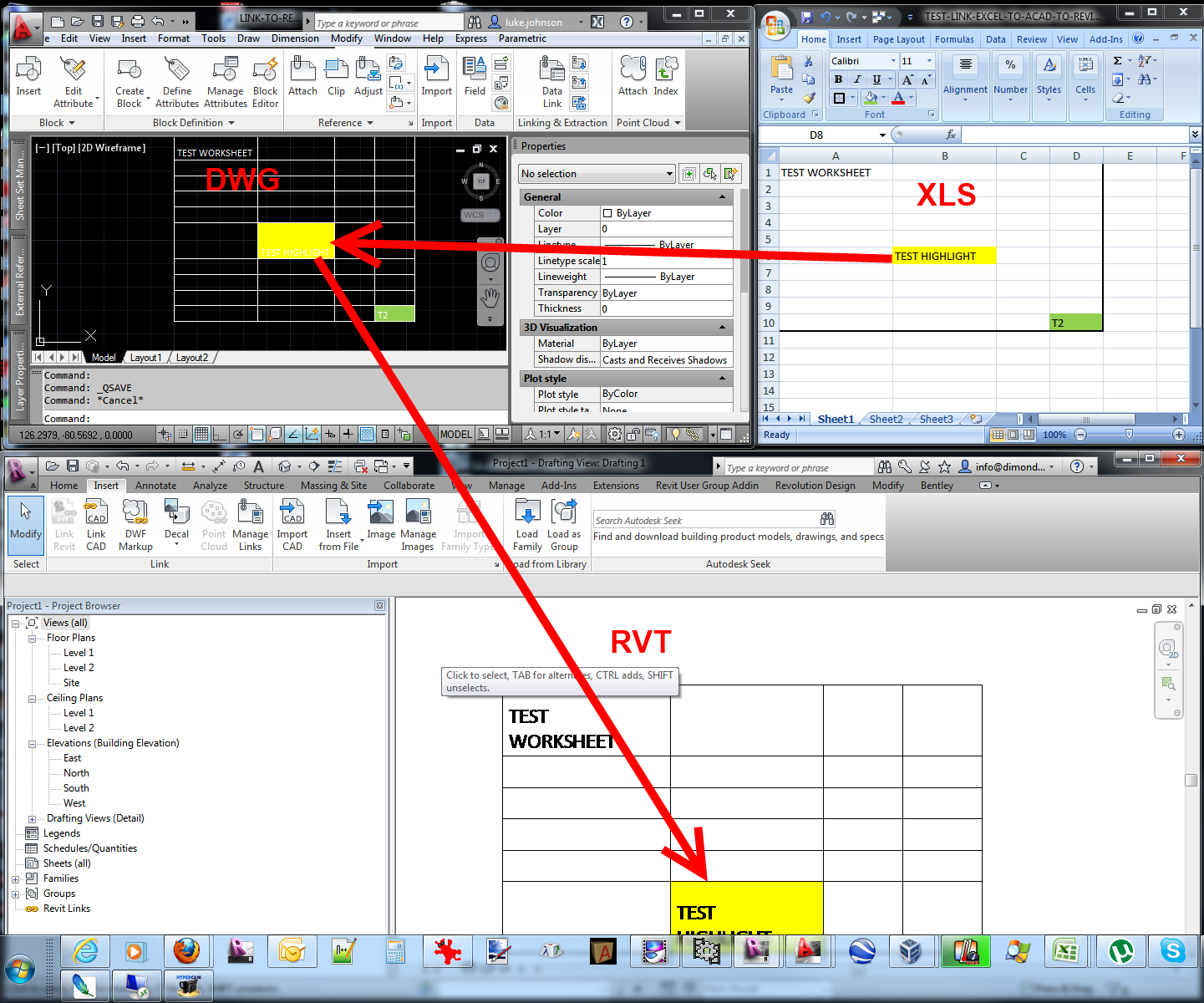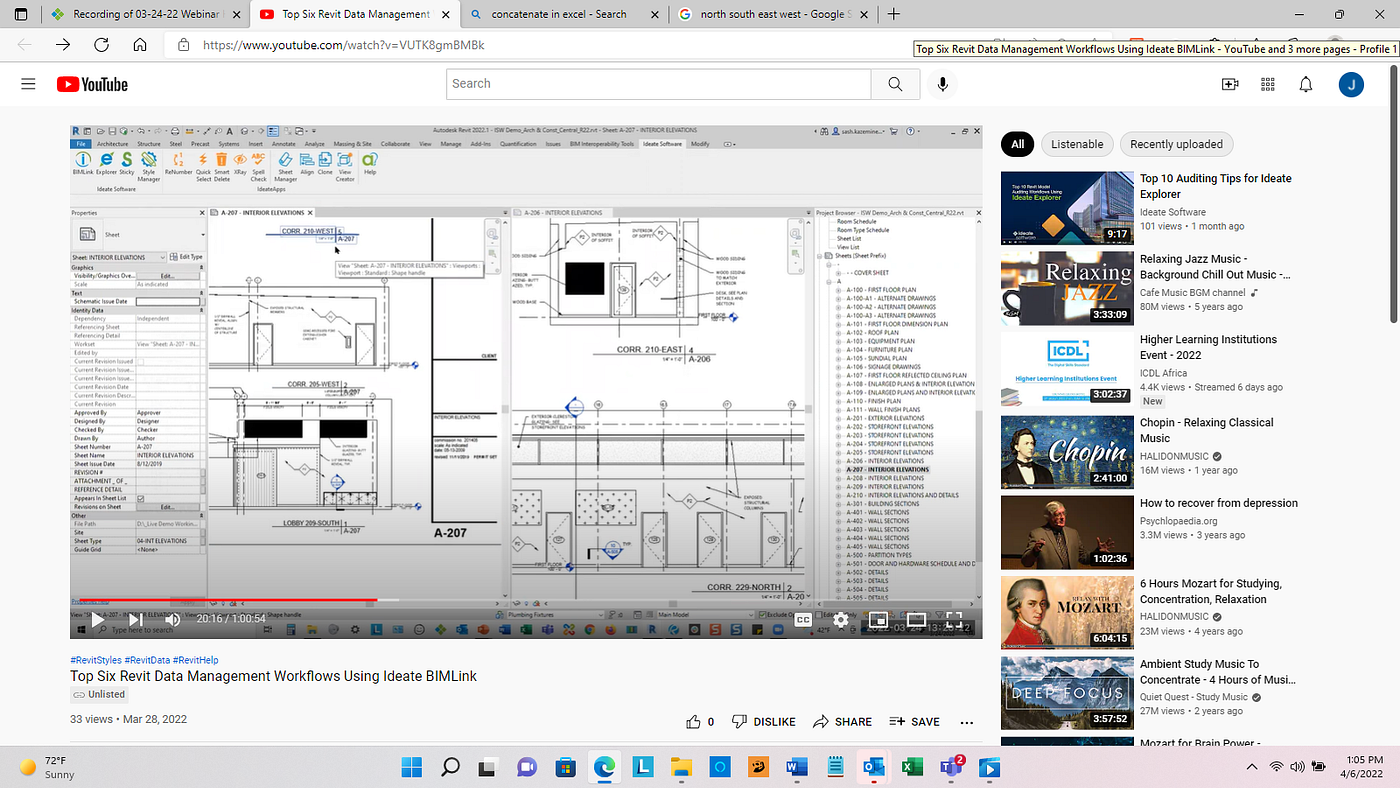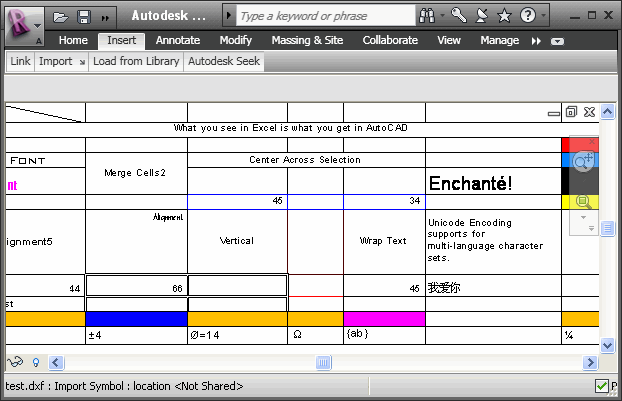Revit Plugins for Unleashing Your Design Possible
Wiki Article
Excel Empowerment: Supercharge Your Revit Projects With Seamless Data Import
Are you aiming to supercharge your Revit tasks? With seamless data import, Excel empowerment can be the trick to unlocking your project's full capacity. Visualize simplifying the import process and making best use of performance with smooth data combination. In this short article, we will share suggestions and methods for using Excel in your Revit tasks. Discover exactly how harnessing the Excel-Revit connection can result in success in your tasks. Get ready to take your Revit projects to the next degree with Excel empowerment.The Power of Master Revit Projects
You can supercharge your Revit projects by utilizing the power of Excel for smooth information import. Excel is a functional device that can considerably enhance your process and productivity in Revit (revit plugins). With Excel, you can quickly import and take care of huge quantities of information, conserving you effort and timeAmong the vital advantages of making use of Master Revit is its capability to deal with intricate calculations and formulas. You can use Excel to perform estimations on your data, such as generating amounts, determining prices, or examining efficiency. This can be particularly helpful when collaborating with huge tasks that require substantial estimations.

Additionally, Excel offers a straightforward and acquainted interface for collaborating with information. You can organize and control your data in a spread sheet style, making it simple to check out and modify. This can be specifically handy when collaborating with others or when you require to make fast adjustments to your project information.
Moreover, Excel permits you to easily import and export information between Revit and other software program applications. You can import information from outside resources right into Revit, such as material specs or equipment timetables, and export data from Revit to Excel for more analysis or reporting.
Streamlining Information Import With Master Revit
Streamlining information import in Revit becomes simpler when making use of Excel as a tool. With Excel, you have the power to effortlessly import and manage huge amounts of data in your Revit tasks. By utilizing the familiar user interface and performance of Excel, you can conserve time and rise effectiveness in your workflow.Among the vital benefits of making use of Excel for data import in Revit is the capacity to easily arrange and manipulate data before importing it into your task. With Excel's effective functions, such as sorting, filtering system, and solutions, you can promptly tidy up and layout your data to meet the needs of your Revit job.
Moreover, Excel enables you to import data from different sources, such as databases, spread sheets, or even online applications. This versatility gives you the freedom to collect data from various platforms and settle it into one main location for very easy gain access to and management.
Additionally, Excel offers the alternative to create personalized design templates for information import in Revit. By creating layouts tailored to your task's specific demands, you can ensure consistency and precision in your information import process.
General, making use of Excel as a tool for data import in Revit simplifies the process and improves your productivity. import excel into revit Why not take advantage of this effective tool and supercharge your Revit jobs with seamless data import using Excel?
Maximizing Efficiency With Seamless Information Combination
Make the most of effectiveness by perfectly incorporating and managing data in your process. Gone are the days of manually inputting information into your system, throwing away precious time and sources. With smooth data assimilation, you can enhance your processes and supercharge your efficiency.
When you have a smooth integration system in area,Managing data comes to be a breeze. You can easily organize and classify your data, making it much easier to retrieve and evaluate. Bid farewell to the days of browsing via limitless spreadsheets for that a person item of info you require.

Excel Idea for Revit Projects
In addition, you can use Excel to develop personalized templates for data import and export. This method, you can make sure consistency and accuracy when moving data in between Revit and Excel. Generally, mastering these Excel tricks and ideas will significantly boost your capability to take care of and control data in your Revit tasks.Utilizing the Excel-Revit Link for Success
To maximize your Excel-Revit link, make use of the capacity to easily synchronize and transfer task information. By using this powerful link, you can supercharge your Revit projects and enhance your workflow. With just a couple of simple actions, you can import information from Excel directly into Revit, saving you time and ensuring accuracy.Among the key benefits of the Excel-Revit link is the capacity to transfer data effortlessly. Whether you are importing schedules, room data, or also geometry information, Excel offers a straightforward interface that enables you to arrange and adjust your data before importing it into Revit. This suggests you can quickly upgrade and change your task info in Excel, and with a couple of clicks, move those changes directly into your Revit design.
Along with moving information, the Excel-Revit link likewise permits synchronization. This means that any modifications made in Excel can be immediately upgraded in Revit, making certain that your project information is constantly up to date. This synchronization feature is especially helpful when taking care of huge and intricate jobs, as it gets rid of the requirement for hands-on data entrance and decreases the risk of errors.
Conclusion
By improving data import and taking full advantage of efficiency through smooth data assimilation, you can supercharge your jobs and achieve success. Do not wait any type of longer, start using the power of Excel in your Revit jobs today and unlock a globe of opportunities.You can supercharge your Revit projects by harnessing the power of Excel for smooth data import. With Excel, you have the power to seamlessly import and handle large quantities of data in your Revit tasks (revit tool). Generally, grasping these Excel suggestions and methods will considerably enhance your capability to manage and control information in your Revit tasks
Whether you are importing routines, area data, or also geometry information, Excel offers a straightforward interface that permits you to arrange and manipulate your data prior to importing it into Revit. By enhancing information import and taking full advantage of performance through seamless information integration, you can supercharge your jobs and attain success.
Report this wiki page